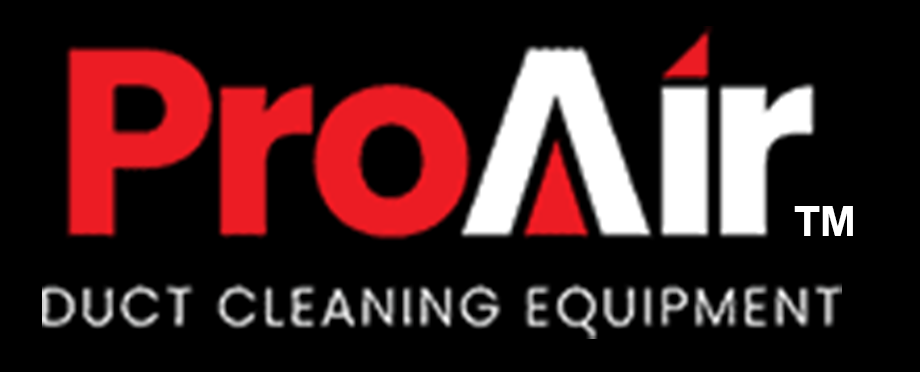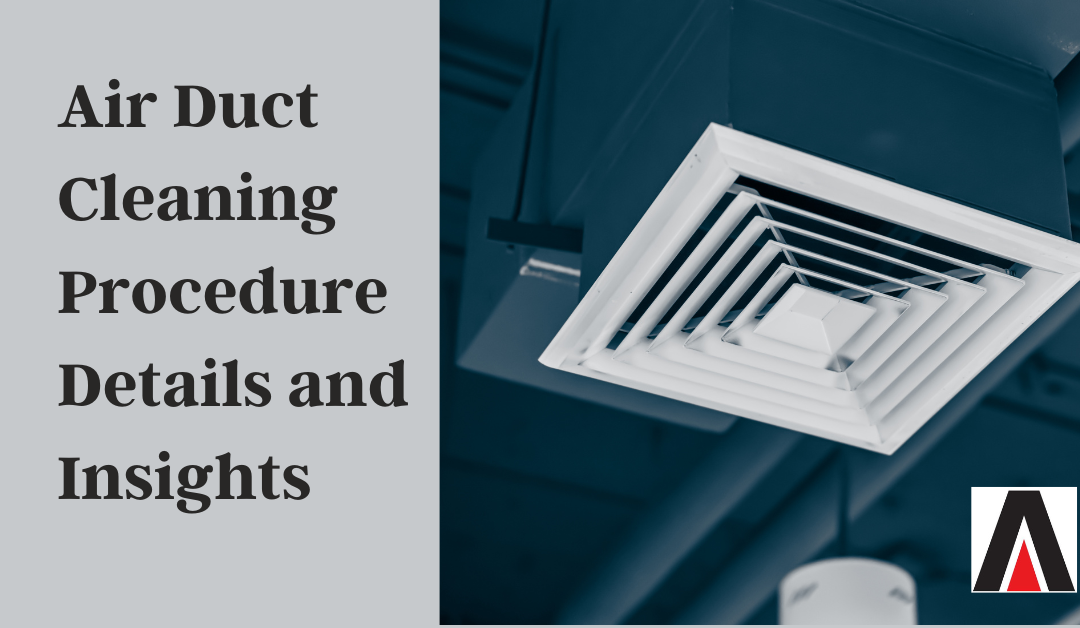Air ducts are a crucial part of the home, so one must clean them from time to time with professional help. We suggest hiring companies that use a proair duct cleaning equipment for appropriate results. Without the right tools and assistance, ductwork can damage and cause severe issues. Thus, check this guide and take the finest advice to clean your HVAC systems successfully.
Have you recently noticed that your home is getting more dusty than normal? Are your utility bills gradually rising each month? HVAC system parts and dirty ducting could be at fault. Consider hiring a trustworthy, skilled duct cleaning company to clean your home’s ductwork if it has had major water damage or is older.
How are air ducts cleaned? Utilizing negative pressure technology is the perfect method. Negative pressure air duct cleaning is a systematic, simple process that produces visible results, but inefficient, random businesses have recently earned the industry a bad reputation.
You may be left clueless if your duct cleaning procedures were by a firm that came and left in less than an hour while appearing to leave more dust and filth than they removed.
What tools do air duct cleaners use?
Equipment that air duct cleaners use can range from small hand tools to large machines. Moreover, air duct cleaners will usually have at least one inspection tool, which could be anything from a simple mirror to a periscope to a CCTV camera system with flexible cables to reach even the most difficult-to-access parts of the air duct system. The equipment for checking the air vents will primarily be needed when there is a clog or another reason to do so (like bad odors).
Brushes, vacuums, and other agitation tools are the basic cleaning devices. While cleaning the air vents on your own with a simple brush and ordinary vacuum is necessary, we do not recommend users do so. If you do it improperly, instead of extracting the pollutants and debris with professional techniques, it will flow into your home through air ducts.
How to Clean a Duct
Knowing the process of getting the ducts cleaned is vital. If you hire any random company without the right knowledge, your ductwork will go for a toss and cost you extra repairs. Moreover, they will still have debris which could cause illness and sickness to your loved ones. Thus, to ensure proper and worthy services check these steps.
1: Check the vents.
For two reasons, conducting a quick visual inspection of the ducts leading to the supply and return registers is essential. First, you may assess the duct buildup and verify the difference after cleaning.
You can check the amount of the buildup before cleaning with the help of cameras that (a duct cleaning provider is likely to have).
Second, when cleaning ductwork, a technician can check the ductwork for leaks or damage. Many duct cleaning companies also provide ductwork repair and replacement services.
2. Create a negative pressure
Professional cleaners use big, portable, or truck-mounted vacuum collecting devices to remove dust and debris from your ductwork. However, the technicians must perform a few preliminary actions before vacuuming and cleaning the ducts.
The large hose from the vacuum collecting device, which is the HVAC system’s heart, must first be linked to a duct close to the air handler. Then, cut an access hole in the duct, insert the vacuum hose, and apply as much pressure as possible to close the joint.
(Remember that your HVAC system has ducts that send treated air into the house’s rooms and ducts that return treated air to the air handler.) Therefore, the duct cleaning process must be carried out on both the supply and return sides as they are separate.
The expert should then use an adhesive cap to seal each register. It is a vital step because if the registers in every area of the house are open, even a very strong vacuum collection device will be ineffective.
The technician will turn on the suction machine after completing these preliminary tasks. Negative pressure creates as a result of this step; any ductwork debris brushed or blown loose will come into the collection device.
Step 3: Agitate dirt.
The technician will uncover each register and clean the ducts separately once the system is under negative pressure. The time each contractor spends on each register is one aspect that puts a well-certified duct cleaning contractor apart from a random provider.
A quick burst from an air compressor and a spritz of disinfectant are untrained technicians’ best-known failures; this method is mainly useless and usually leads to dust being blown back into space.
To ensure that dust is expelled and drawn into the vacuum collecting device, authorized technicians will employ revolving brushes, compressed air tools, and basic vacuum cleaners.
4. Clean the system
Cleaning authorities recommend cleaning the air handler’s blower motor, evaporator coil, and drain pan in addition to the other HVAC system components.
Cleaning these parts, along with cleaning or replacing the filter, will boost indoor air quality, extend the life of your HVAC system, and improve its efficiency. Read our maintenance advice for better HVAC efficiency to learn more about these specific tasks.
Conclusion
Does cleaning air ducts with negative pressure work? Definitely! But it must be safe and performed by experts.
As per the authorities, a thorough cleaning should take three to five hours. Even though the cost of this service may be more than what an unregistered contractor would charge for fast cleaning, the outcomes of a cleaning done by NADCA’s quality standards will be worth the effort and cost.
A competent technician will complete the task carefully and precisely, assuring that your ducting remains clean and undamaged. Lastly, find a professional duct cleaning contractor to assure that the work you receive is the industry standard in terms of quality.

